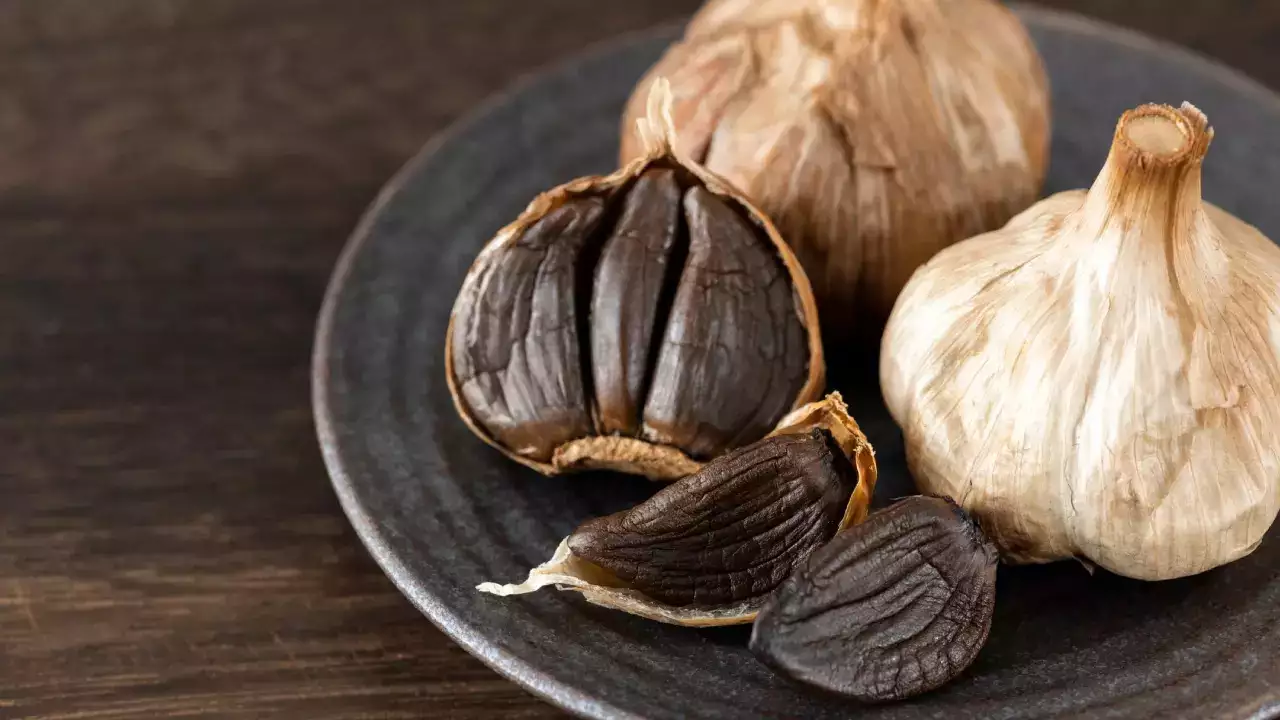Black garlic—a culinary darling known for its sweet, savory taste—has been generating buzz not just for the unique flavors it brings to the table, but also for its potential functional benefits. The term “functional food” typically refers to foods that may offer more than just basic nutrition, potentially supporting overall health or even reducing the risk of certain diseases. So, where does black garlic fit into this picture, and is it really more than just a tasty ingredient?
Defining Functional Foods
Before diving into black garlic specifically, it helps to understand the concept of functional foods. In essence, functional foods go beyond providing calories, vitamins, or minerals; they contain active compounds that could exert positive effects on the body. Examples might include:
-
Probiotic Yogurts: Containing live bacteria that help balance gut flora.
-
Fortified Cereals: Enriched with extra fiber or essential micronutrients like folate.
-
Green Tea: Rich in catechins, known for their antioxidant and anti-inflammatory properties.
When a food like black garlic is labeled “functional,” it implies that it may hold beneficial compounds that contribute to health in ways that extend beyond basic sustenance.
What Makes Black Garlic “Functional”?
1. Enhanced Antioxidant Profile
One of black garlic’s standout features is its high antioxidant content. Through a low-heat, high-humidity aging process, white garlic’s sulfur compounds partially transform into stable, often more bioavailable, antioxidant-rich molecules such as S-allylcysteine (SAC) and melanoidins.
-
Why It Matters: Antioxidants can help neutralize free radicals, potentially mitigating cell damage, slowing oxidative stress, and supporting overall cellular health.
2. Potential Heart Health Benefits
Black garlic has garnered attention for its possible role in cardiovascular support. Early studies—mainly in animals and small human trials—suggest it may aid in:
-
Cholesterol Balance: Helping lower LDL (bad) cholesterol levels while boosting HDL (good) cholesterol.
-
Blood Pressure Regulation: High antioxidant content may promote better blood vessel function, thereby reducing the risk of hypertension.
While more large-scale research is needed, these findings add to black garlic’s reputation as a functional ingredient.
3. Immune System Support
Garlic in general is frequently linked to immune health, thanks to antimicrobial and anti-inflammatory properties. In black garlic, certain compounds may be even more bioavailable, which could:
-
Modulate Inflammation: Chronic inflammation is at the root of many health issues.
-
Promote Immune Cell Activity: Some studies suggest garlic-derived substances may enhance the activity of certain immune cells.
4. Gut-Friendly Properties
A balanced digestive tract is central to health. While direct research on black garlic’s prebiotic potential is still emerging, it’s plausible that the aging process produces or modifies certain carbohydrates that help nourish beneficial gut bacteria.
-
Possible Synergy: Incorporating black garlic into a diet already rich in fiber and fermented foods may amplify its effect on gut microbiome balance.
5. Easier on the Stomach
Functional foods should ideally be well-tolerated. Some people avoid raw garlic because of its pungency and potential to cause digestive upset. Black garlic’s milder flavor and reduced sulfuric bite may make it more gentle on the stomach, allowing more people to enjoy its benefits.
Culinary Versatility: From Gourmet to Everyday
One of the beauties of black garlic as a functional food is its versatility. Unlike some nutrient-dense ingredients that can be tough to integrate into everyday cooking, black garlic is:
-
Slightly Sweet: Its flavor profile—often likened to balsamic or molasses—pairs well with meats, vegetables, and even certain desserts.
-
Spreadable: The soft texture of black garlic makes it easy to blend into sauces, aiolis, or dressings.
-
Subtle Aroma: Those wary of garlic breath will be relieved to know that black garlic’s aroma is much gentler.
This means you can toss it into your salad dressings, soups, or marinades without overwhelming other flavors—and still reap its potential health perks.
How to Incorporate Black Garlic into Your Diet
-
Compound Butter: Blend softened butter with mashed black garlic for a versatile spread that goes well on bread, steaks, or grilled vegetables.
-
Salad Dressings & Marinades: Puree a few cloves into your vinaigrette or marinade for a unique umami sweetness.
-
Daily Dips: Add black garlic to hummus, guacamole, or yogurt-based dips for an elevated flavor experience.
-
Simple Pasta or Pizza: Top your carb-based favorites with chopped black garlic, cheese, and herbs for a quick gourmet twist.
-
Soups & Stews: Stir in near the end of cooking to preserve its delicate nuances.
Words of Caution
Even functional foods should be enjoyed in balance and combined with a well-rounded diet.
-
Not a Cure-All: While black garlic may support health, it’s not a magical solution for existing health conditions. Always consult a healthcare professional for personalized advice.
-
Allergies & Sensitivities: Some individuals may still experience sensitivities to garlic, so approach with caution if you’ve had issues in the past.
-
Medication Interactions: Like regular garlic, black garlic could potentially interact with blood thinners or other medications. Speak with your doctor if you’re on any prescriptions.
Final Thoughts
Calling black garlic a “functional food” means recognizing its potential to do more than just satisfy your taste buds. Its unique nutrient profile, enriched by the aging process, may confer various health benefits—from heart support to immune function and possibly even gut health. While research is still evolving, the scientific indicators are promising, making black garlic a worthwhile addition to a balanced diet.
Whether you’re smearing it on toasted bread, mixing it into a marinade, or exploring creative recipes, black garlic is a delightful way to infuse a bit of both flavor and functionality into your meals. It may not be a miracle ingredient, but it’s certainly a tasty ally for anyone looking to eat well and enjoy doing it.

Comments (0)
No comments yet. Be the first to comment!